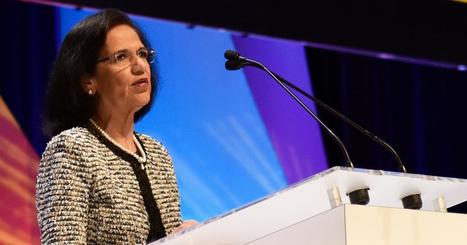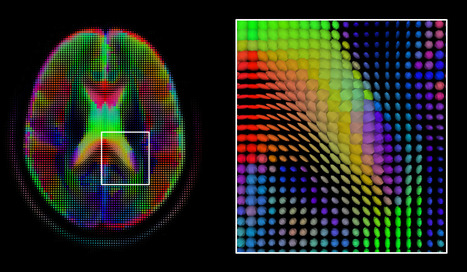Radiology can once again situate itself at the center of patient care by embracing emerging technologies such as artificial intelligence (AI), RSNA 2018 President Dr. Vijay Rao said in her opening address. Radiologists must do their part to make this future a reality.
"We will need to embrace AI rather than fear it," Rao said. "We will need to recommit to the patient-centered model of radiology ... develop the necessary ethical and medical-legal procedures for protecting data as well as machine-learning algorithms ... [and] form cross-sector partnerships with our colleagues in other specialties."
Such efforts should be geared toward building a transformational framework for the profession -- one that will allow the next generation of radiologists to thrive, she noted. This will help shape the future of radiology into one in which "radiologists have been empowered by technology, not replaced by it."
"It is a future in which radiologists' capacity to provide improved patient care has been dramatically increased," she said. "And finally, it is a future in which we have achieved our long-standing goal of practicing at the epicenter of care, providing value to both the patient and our physician colleagues."
Transforming radiology
The rise of digital imaging, along with the lack of interoperability of systems, the shortage of radiologists, and physician burnout, in recent years has contributed to an increase in demand for value-based imaging, according to Rao, who is the David C. Levin professor and chairwoman of radiology at Thomas Jefferson University and hospitals.
AI and machine learning have emerged as a means of meeting this demand -- potentially enabling radiologists and other clinicians to harness the large amount of complex imaging data available even more effectively, she noted. Yet the rapid growth of these technologies has also spurred a sense of concern and even fear in the medical community.
"However, I don't believe AI will ever replace radiologists," she said. "In fact, much the opposite: I believe more firmly than ever that AI has the potential to enhance the profession and transform the practice of radiology worldwide. It'll allow radiologists to spend more time on initiatives that will benefit both patients and physicians."
Via Dominique Godefroy



 Your new post is loading...
Your new post is loading...








